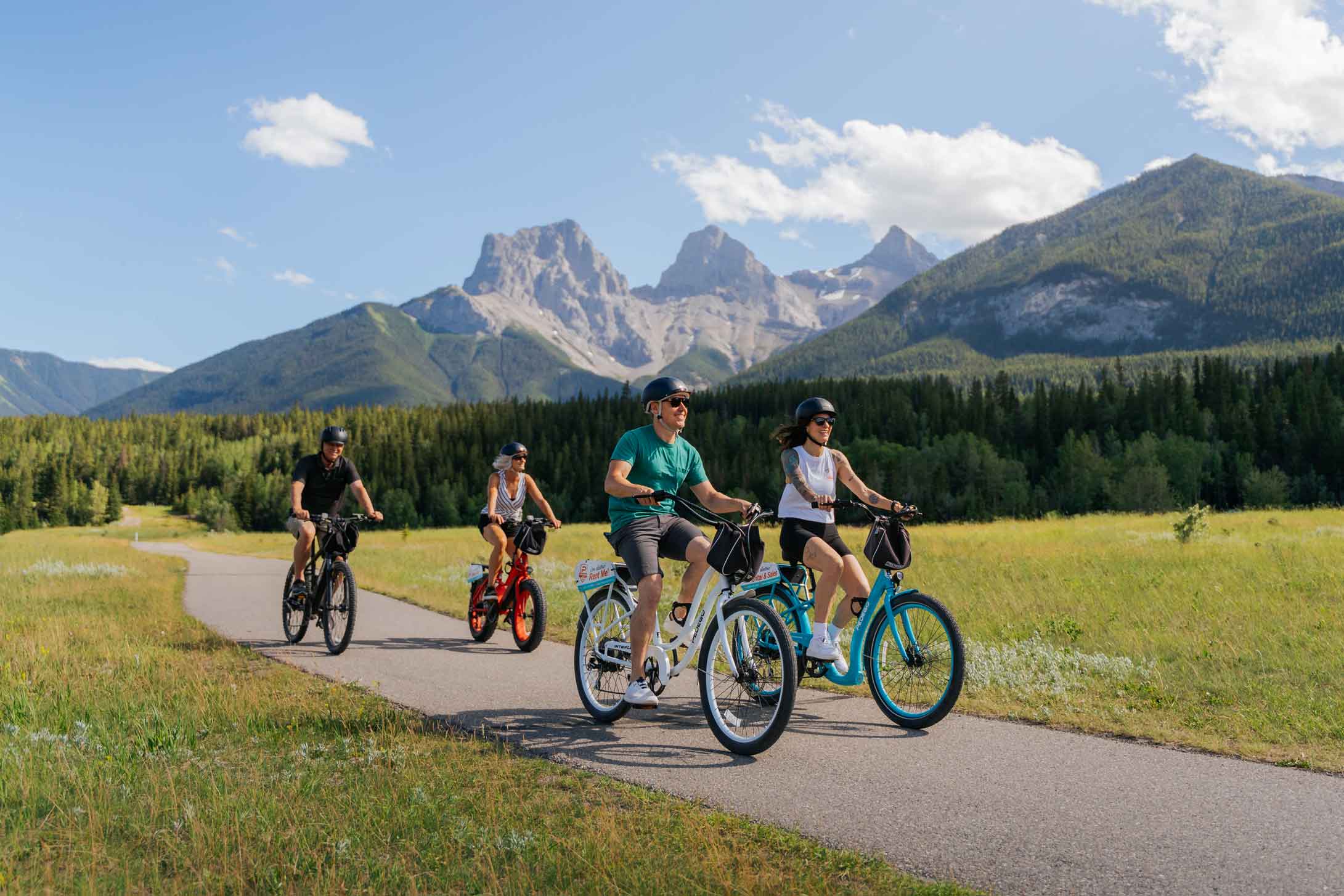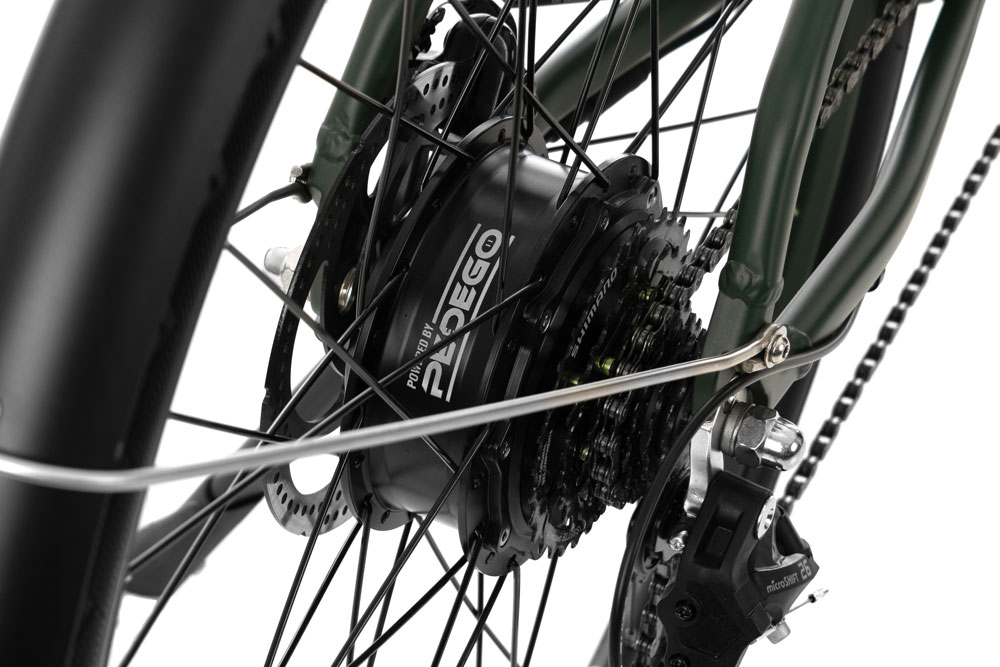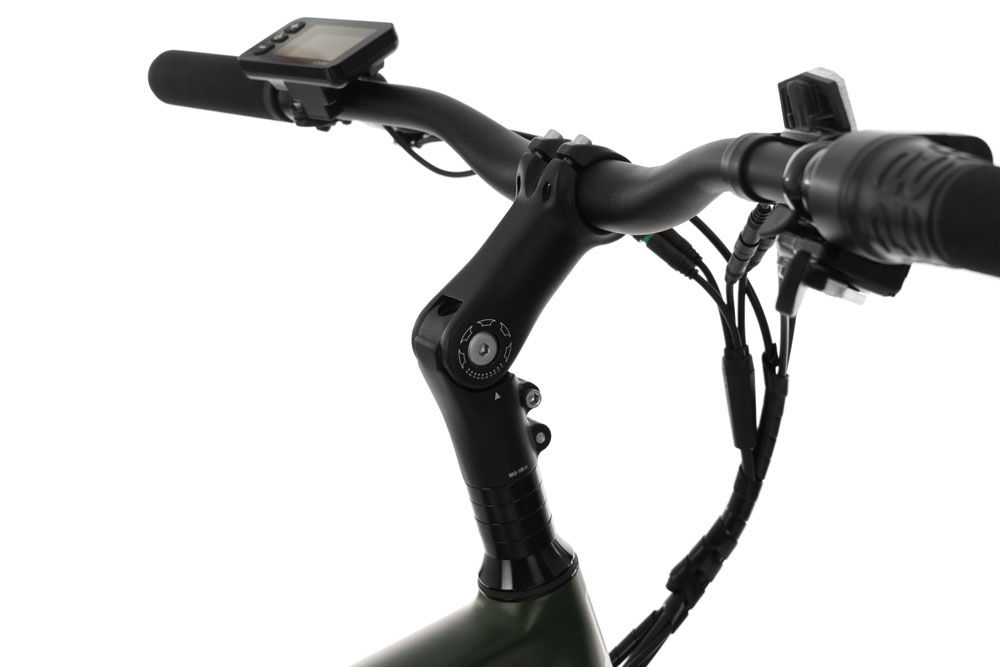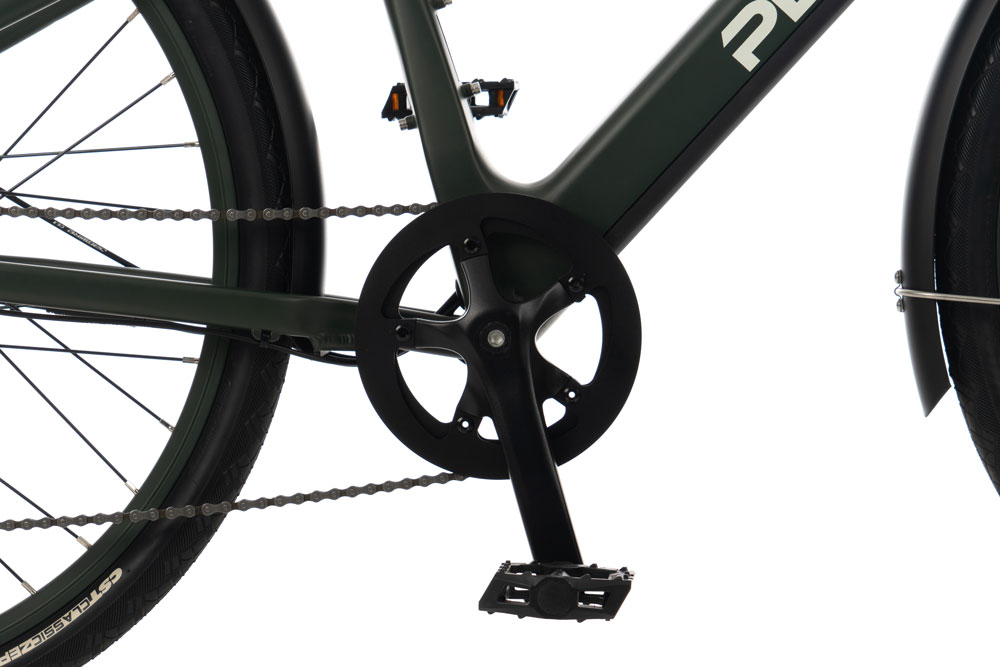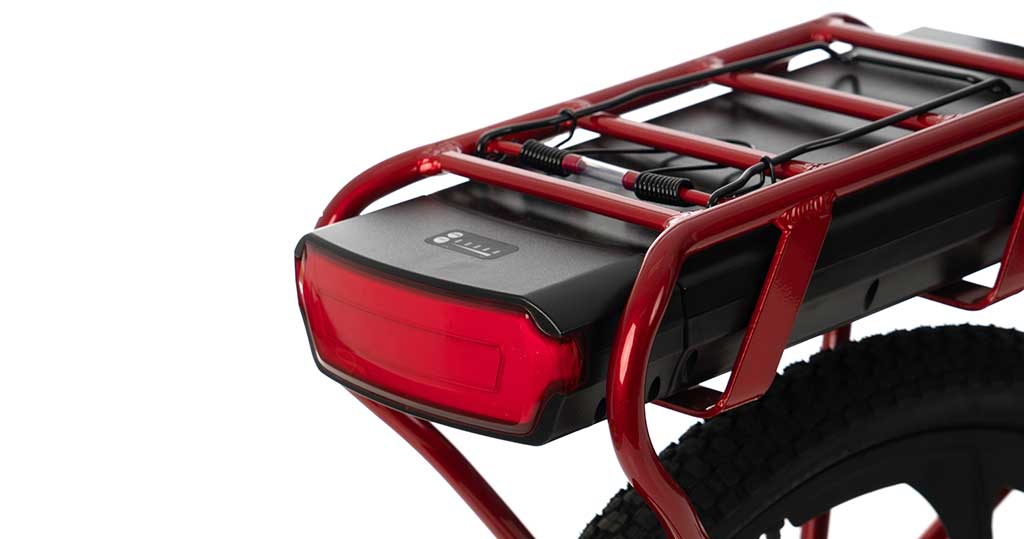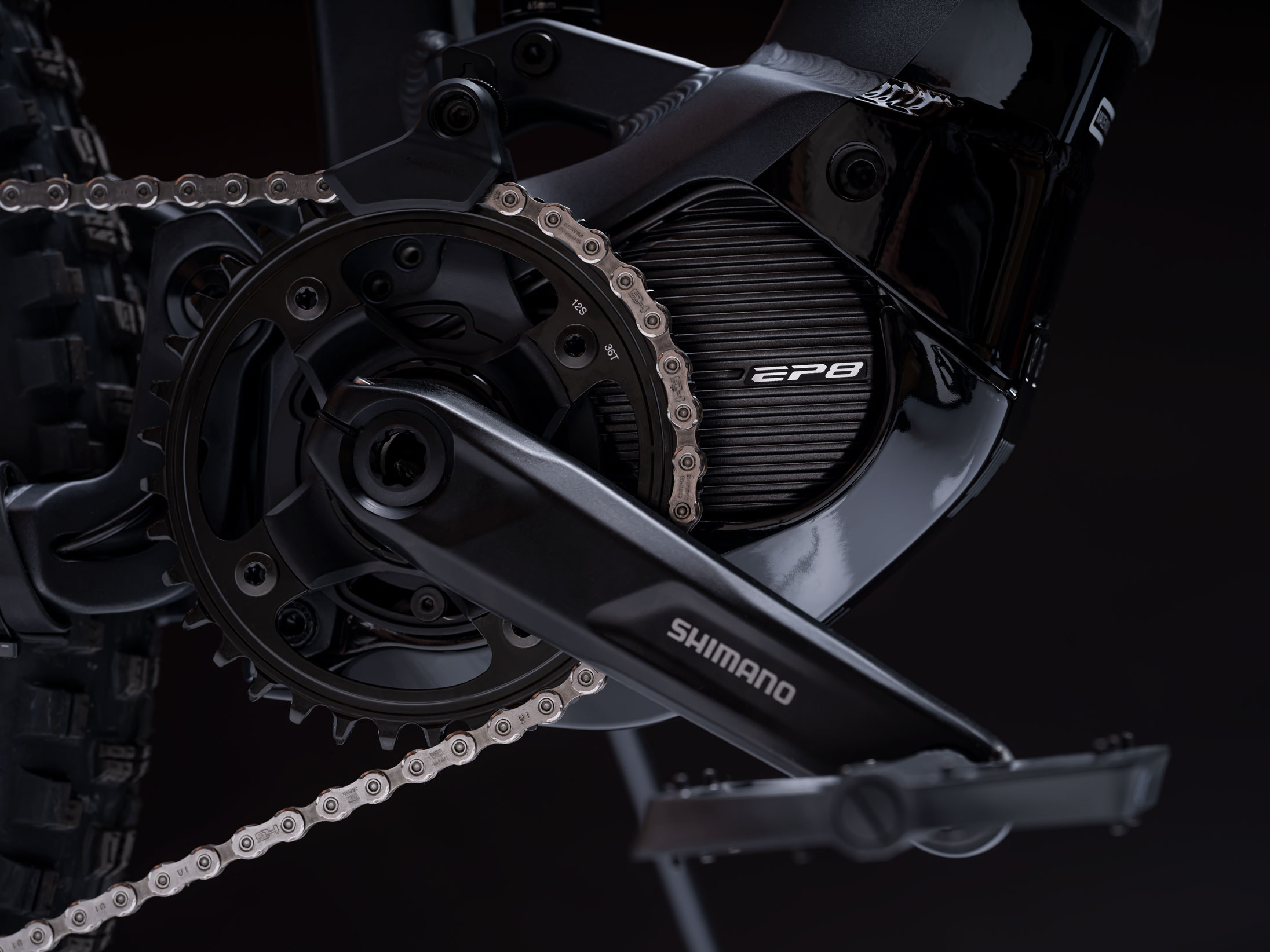How Gears Can Save The Battery Life of Your Electric Bike
In a recent post on the Pedego Owners Group, electric bike owners in Canada and the U.S. discussed how Pedego’s pedal assist functionality as well as changing gears during a ride, affects the bike’s battery life.
We got to talking about the whole concept in the office and realized we should write an article about how proper usage of gears can save the battery life of your electric bike so you can pedal father than ever. But first, have a look at our “How To Improve the Range of your Electric Bike” article, which explains why things like terrain, chain lubrication and, very importantly, tire pressure, affect your battery life.
That article also touches on how riding in the “correct” gear can save the battery life of your electric bike. We’ll explore that concept further in this article.
GEARS
For every ride you do on your electric bike, there are four factors related to riding efficiency that need to be considered. Firstly, let’s chat about the gears. They are controlled by the lever mechanism on your handlebars that shifts the derailleur, which in turn moves to the chain to a different sized ring. Most Pedego electric bikes have one lever that cycles through seven gear options on the rear wheel. The bigger the ring your chain is on (for a rear derailleur), the lower the gear you are in. We could get into some physics here, but the bottom line is a lower gear is easier to be in when riding up a hill and your legs rotate faster for a given bike speed. When you are in a high gear, your legs spin slower but you have less power (torque) for pushing up hills. High gears are needed for when you’re cruising at high speeds on the flat or downhill; otherwise you’d be pedalling like Roadrunner to keep up!
CADENCE
This brings us to the concept of “cadence.” In our “How To Improve the Range of your Electric Bike” article we write, “There’s a term in cycling called cadence, which refers to your pedalling rate, or, more accurately, the number of revolutions of the crank per minute. Efficient cadence falls between about 70 and 90 revolutions per minute, depending on the type of riding. So, if you’re in a really high gear and you’re having to push hard (and slowly) on the pedals in order to get the crank to rotate, then it’s best to change to a lower gear. Likewise, if your pedals are rotating too quickly, you’re wasting energy without getting the benefits of the thrust on the crank – so switch to a higher gear.” A rider will intuitively know this: with cadence too low, it feels like you’re “grinding.” And with cadence too high it feels like you’re “pedalling air.” Bicycle racers spend a lot of time perfecting cadence because it directly impacts their efficiency. Likewise, correct cadence helps riders of electric bicycles maximize their efficiency, which in turn impacts the amount of battery power used. There is a sweet spot!
PEDAL ASSIST
One of the best things about Pedego electric bikes is they have a pedal assist mode, which is controlled via the computer on your handlebars. You can select multiple power levels, from very low to maximum, and when you start rotating the pedals, the motor will smoothly give you the selected power. On the bottom left of the LCD display you’ll see a number indicating your pedal assist level. A low number reduces the amount of power (torque) delivered and also the top motor-assisted speed. If you are pedalling and reach a speed above the top motor speed, the power will fade out and you will be all on your own. Drop below that speed, and the motor engages again. Usually there are five or six levels of pedal assist, depending on your bike model. One thing to be aware of with electric motors is that they also have sweet spots; kind of like the cadence we mentioned about above. If a motor is rotating very slowly, it is inefficient. If you are riding up a hill under about 10 km/h, you will hear the motor working hard and this is using a lot of battery juice. We’ll talk about the effect of this in our summary below.
SPEED
The final factor we need to touch on is speed, specifically, what speed do you want to travel at? In Canada, Pedego bikes fall under the federal category of “Power assisted bicycles” and are regulated to travel a maximum of 32 kilometres per hour under motor assistance. (You can certainly roll or pedal faster than that if you want to!) Just like a car, if you travel faster, you will use more energy. The only exception for electric bikes is if you travel too slowly up hills (below about 10km/h) using the motor, you’ll also use more energy.
SUMMARY
Think of you and your electric assist as a team: the bike works best when you are both contributing and working efficiently. Here are a some tips for maximum efficiency based the concepts we discussed above:
- Ride slower – or at least be aware that zooming around at max speed will use more energy for both you and the battery
- Change gears – if you are starting to “grind” the pedals as the bike slows down, change into a lower gear. Similarly, if you are starting to pedal like Roadrunner when the bike speeds up, change into a higher gear.
- Pedal to start – When starting from a stopped position, make sure you are in the lowest gear to help the bike start rolling rather than using the motor to grind off the line
- Cruise Control – When riding the flats, select the pedal assist level that matches the top speed you would like to travel at and then leave it there.
- When you’re riding up a hill and start to slow down too much (below about 10km/h) either push the pedals harder or select a higher pedal assist level to maintain speed.
So there you have it. By working as a team with your awesome electric bike, you’ll conserve more battery power and see even more of this great country of ours.
As always, if you have any questions, please leave a comment below or don’t hesitate to contact us directly at info@pedegocanada.ca.
Contact a local Pedego store to learn more.
"*" indicates required fields

